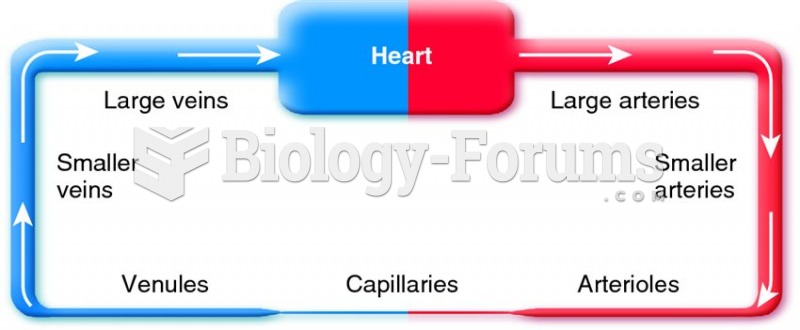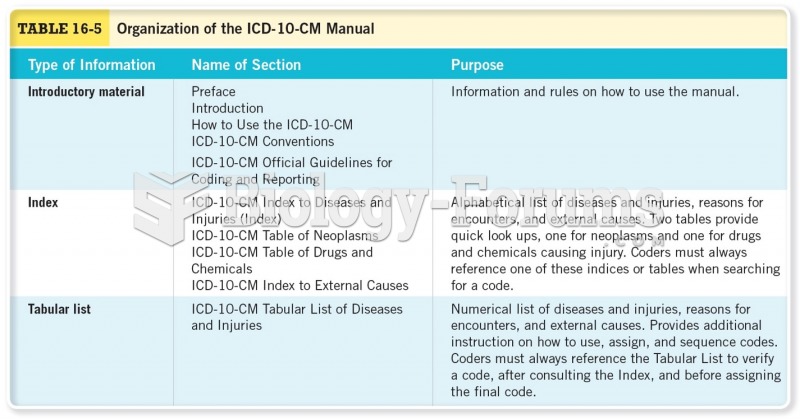Answer to Question 1
Answer: Downward communication flows from a manager to employees. It's used to inform, direct, coordinate, and evaluate employees. Managers use downward communication when they assign goals to their employees, provide employees with job descriptions, inform them of organizational policies and procedures, point out problems that need attention, or evaluate their performance.
Upward communication flows from employees to managers who rely on their employees for information. Some examples of upward communication include performance reports prepared by employees, suggestion boxes, employee attitude surveys, grievance procedures, manager-employee discussions, and informal group sessions in which employees have the opportunity to discuss problems with their manager or representatives of top-level management.
Communication that takes place among employees on the same organizational level is called lateral communication. In today's dynamic environment, horizontal communications are frequently needed to save time and facilitate coordination. Cross-functional teams rely heavily on this form of communication interaction. However, conflicts can arise if employees don't keep their managers informed about decisions they've made or actions they've taken.
Diagonal communication crosses both work areas and organizational levels. Because of its efficiency and speed, diagonal communication can be beneficial. Increased e-mail use facilitates diagonal communication. In many organizations, any employee can communicate by e-mail with any other employee, regardless of organizational work area or level, even with upper-level managers. However, diagonal communication also has the potential to create problems if employees don't keep their immediate managers informed.
Answer to Question 2
Answer: Student answers may vary. However, it is a fact that the grapevine, an informal organizational network is part of every organization. In fact, it is an important source of information for the company. This makes it imperative for companies to try to understand its dynamics. Acting as both a filter and a feedback mechanism, it pinpoints those bewildering issues that employees consider important. More importantly, from a managerial point of view, it is possible to analyze what is happening on the grapevine what information is being passed, how information seems to flow, and what individuals seem to be key information conduits. By staying aware of the grapevine's flow and patterns, managers can identify issues that concern employees, and, in turn, use the grapevine to disseminate important information. Because the grapevine can't be eliminated, managers should manage it as an important information network. However, managers can minimize the negative consequences of rumors. They can do so by communicating openly, fully, and honestly with employees, particularly in situations where employees may not like proposed or actual managerial decisions. Studies show that this is likely to be effective in engaging employees.







